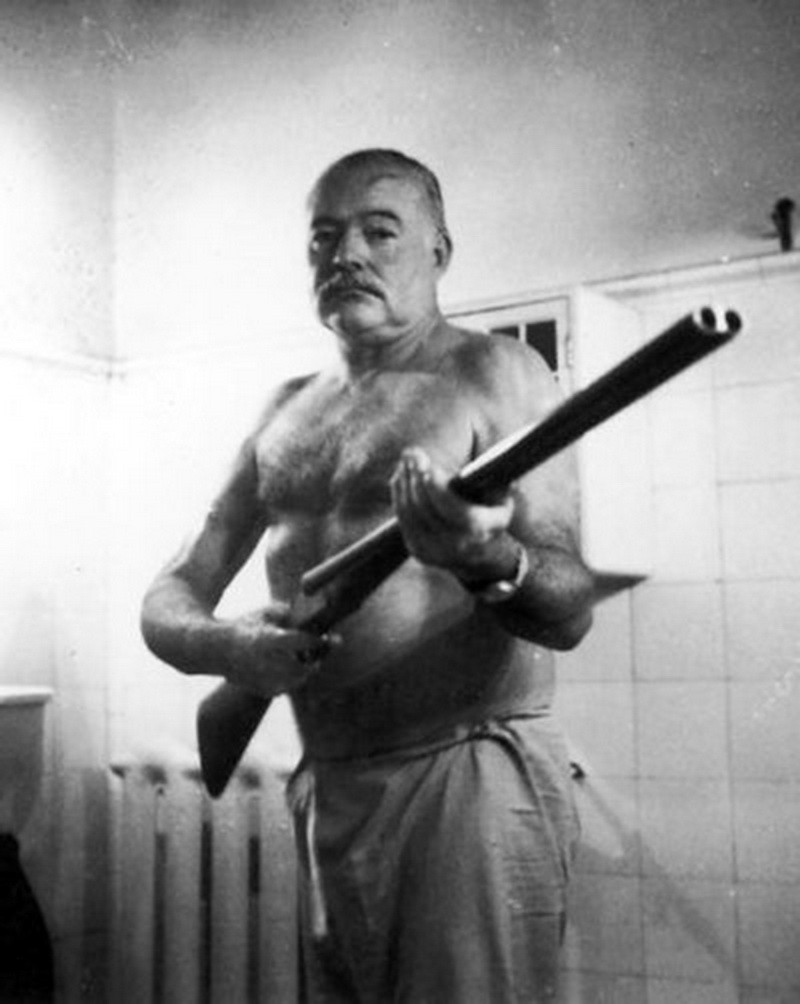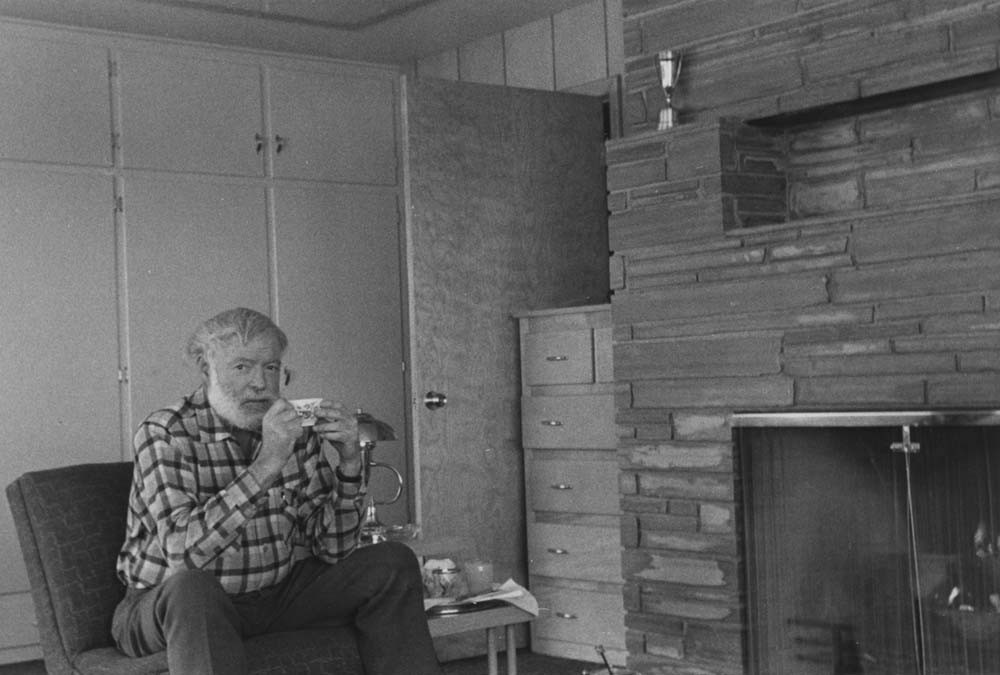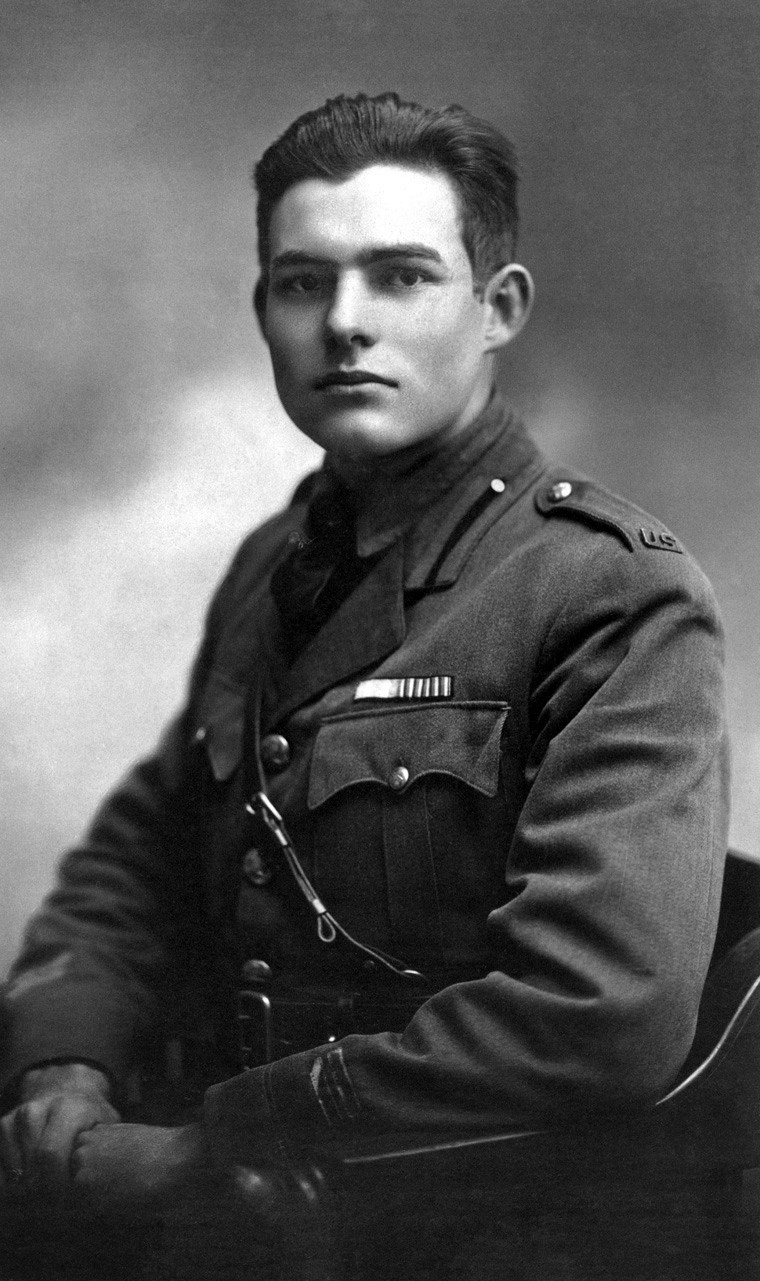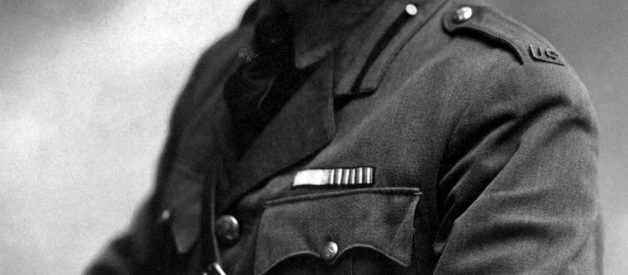 Flavorwire
Flavorwire
When Ernest Hemingway awoke early on the morning of Sunday July 2nd 1961 it was clear and bright, with the early sunlight dappling the carpeted living room floor of the Hemingways new home in the hills of Ketchum, Idaho.
The modern timber clad house had been planned as something of a haven from the upheaval and danger of Cuba which had forced Ernest and Mary to flee their beloved finca. It had been their home since the end of World War Two, and Ernest?s since 1939. The farewells to staff, and the many cats, must have been a shocking and tearful affair.
Ernest hadn?t replaced his devoted old dog (his constant companion in Cuba) who had been cruelly killed by the Batista regime a couple of years earlier. Perhaps he planned to get another dog: a good gun dog maybe? Then, once he?d settled into his new home, and feeling well enough, the two of them could go hunting together? It wasn?t to be.
When they left Cuba behind Hemingway was not a well man, suffering from severe liver problems, depression and exhaustion, no doubt exacerbated by the madness of the summer of 1959, where he followed the bull fights in Spain for an exhaustive series of magazine articles that eventually turned into The Dangerous Summer; plus he was desperate to finish his Paris memoir, A Moveable Feast. He was also sinking into the depths and despair of dementia. Suicide was very much on his mind too.
 Hemingway in his Ketchum Home. JFK Library
Hemingway in his Ketchum Home. JFK Library
On a stop over, at a small airfield, on the final journey to Ketchum, Ernest went looking for a hand gun in the airfield?s hanger, and the glove compartments of parked cars. Then, seeing a small aircraft taxiing toward him he walked straight toward the speeding propeller: the aircraft stopped just in time. Ernest Hemingway was a lost soul.
In December 1960, and before the journey to Ketchum, the increasingly confused and unsettled Hemingway underwent repeated electric shock treatments at the Mayo Clinic: treatments that simply made him even more depressed and unsettled, convincing him the FBI and CIA were following him, and even checking his bank account.
But after the shock treatments Hemingway behaved in such a way as to convince the doctors he was ready to be discharged. Mary was at her wits end and tried desperately to get him transferred to a psychiatric institute in Hartford, Connecticut. The clinic would not agree. Hemingway simply convinced the doctors at the Mayo that he was no longer suicidal, and well enough to head for Ketchum and a well earned rest.
Mary had no choice and phoned an old friend, George Brown, asking if he would fly down to the clinic, and drive them to Idaho. He agreed. It took them five days to cover the distance, reaching Ketchum on the 30th June 1961.
Once there all seemed relaxed, and on the Saturday night, as Ernest was cleaning his teeth, Mary began to sing an old Italian song, Tutti Mi Chiamano Bionda. Hemingway joined in. They embraced with Mary going to bed in the large front bedroom. Hemingway, in blue pyjamas, went to bed in a smaller room, switched on the bedside lamp and read.
On that clear bright early Sunday morning Ernest Hemingway took no notice of the sun making patterns on the living room floor, instead he went straight to the kitchen where the keys to the small gun storage room in the basement were hanging above the sink. He then quietly made his way into the basement, opened the storage room and picked a double-barrelled Boss shotgun which he?d used for years, grabbed some shells, closed and locked the door of the storage room and made his way back upstairs. He then crossed the living room, which was becoming ever sunnier, to a small entrance hall (about five feet by seven)with oak-panelled walls and a tiled floor.
Without hesitating Hemingway put two shells in the Boss then ??lowered the gun butt carefully to the floor, leaned forward?? and with the barrels of the gun in his mouth depressed the triggers.
Mary Hemingway describes hearing ??the sound of a couple of drawers banging shut?? which woke her. When she went downstairs she saw a crumpled heap of bathrobe and blood, with the shotgun ??lying in the disintegrated flesh.?
Ernest Hemingway died just nineteen days short of his 62nd birthday.
 Image: wikipedia
Image: wikipedia
With heartfelt acknowledgments to Carlos Baker


